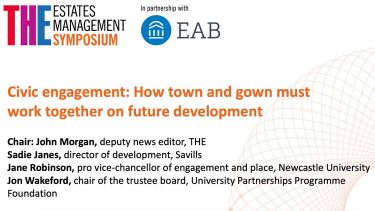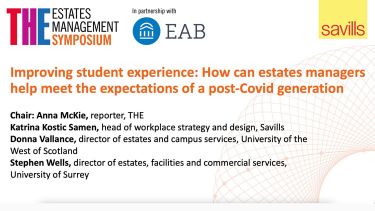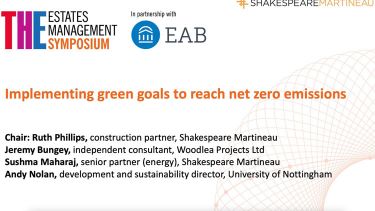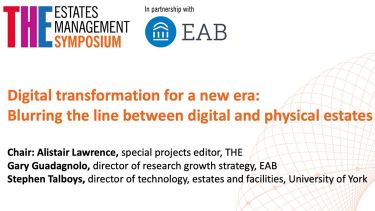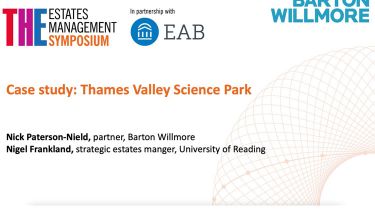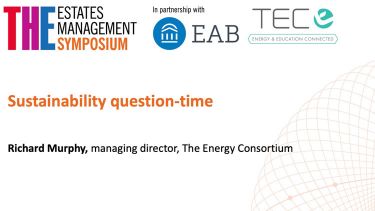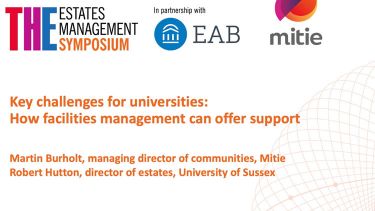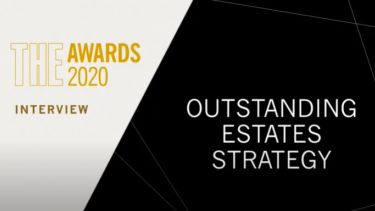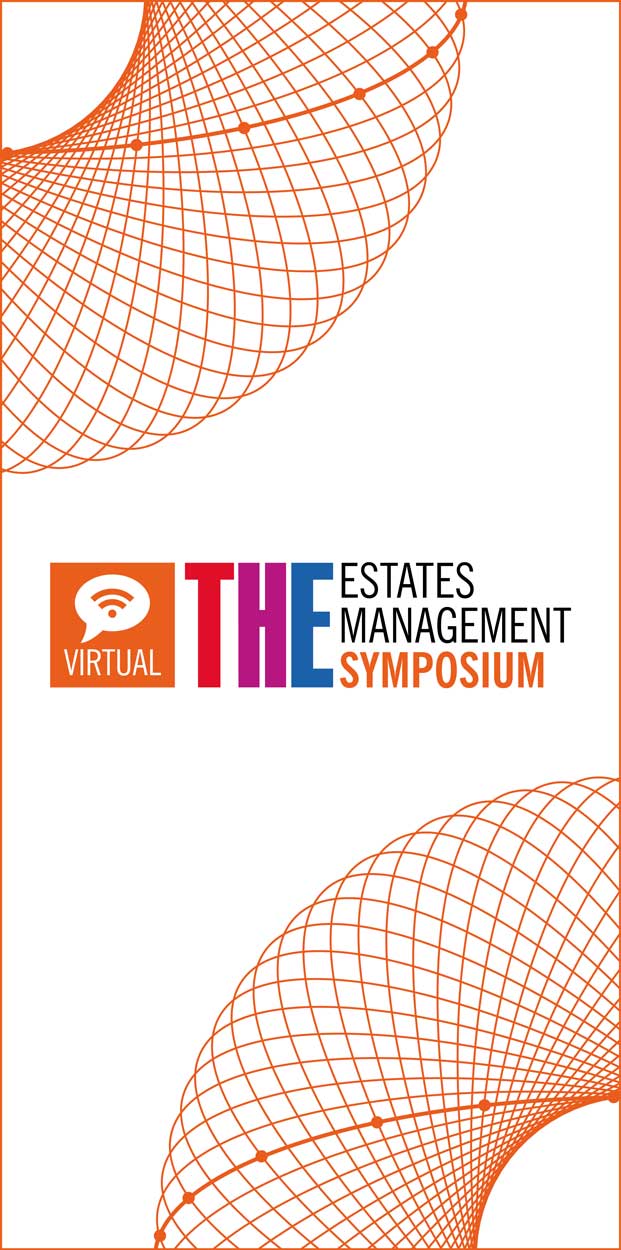The pandemic may change how university buildings are used in years to come, so it’s crucial to embed discussions about sustainable construction and use into the planning process
Higher education’s journey towards becoming carbon neutral faced some stumbling blocks this past year. Students and staff have been using buildings differently and travelling less, but funding for and collaboration around sustainability has slowed, according to panellists at the “Creating integrated solutions for a sustainable future on campus” session at THE’s Estates Management Symposium, in partnership with Crown Commercial Service.
“Funds are a challenge, especially during the Covid pandemic,” said Joe Ernst-Herman, deputy director for decarbonisation at CCS. The government procurement organisation supports institutions with energy performance contracts that can be used to help engage finance directors, pointing to sources of funding and offering advice on thousands of energy-efficient components for use in construction and maintenance.
Michelle Brown, deputy director of social responsibility and sustainability at the University of Edinburgh, felt that the pandemic had not gotten in the way of her campus’ target to become carbon neutral by 2040. “We need to ensure campuses continue towards their vision of a circular economy,” she said. “Before there was a lot of focus on the emissions caused when the buildings are in use, but now it’s more on the carbon emitted during the construction and maintenance, the choice of materials and what we can reuse during the process.”
Discussing sustainability with partners early in the process can help, according to Sophie Goddard, head of environment, social value and sustainability at construction firm Balfour Beatty. “It’s important we take a step back and take a more collaborative view,” she said. “If decisions around how the building will be powered are already made, then that limits our options, for example.” This extends to consulting with users of the building, she added, particularly as students return to campus and space is used differently. “We need to be conscious of how they get the best out of the design of the building, that it’s being used in the way we designed it to perform.”
Engaging with other public sector organisations and local authorities offers an opportunity to contribute to wider community sustainability. “What universities offer now is more about education delivery than pure classroom delivery, which goes wider than the university itself,” said Andy Anderson, head of estates and facilities at Scottish procurement organisation Advanced Procurement for Universities and Colleges. John Welch, deputy director for construction at CCS, added that social value considerations were now an integral part of planning and funding applications. “Whether that’s off-site manufacturing, energy efficiency, bringing end users in – all the links in the chain begin to fit together,” he concluded.
Watch the session on demand above or on the THE Connect YouTube channel.
Find out more about Crown Commercial Service.
